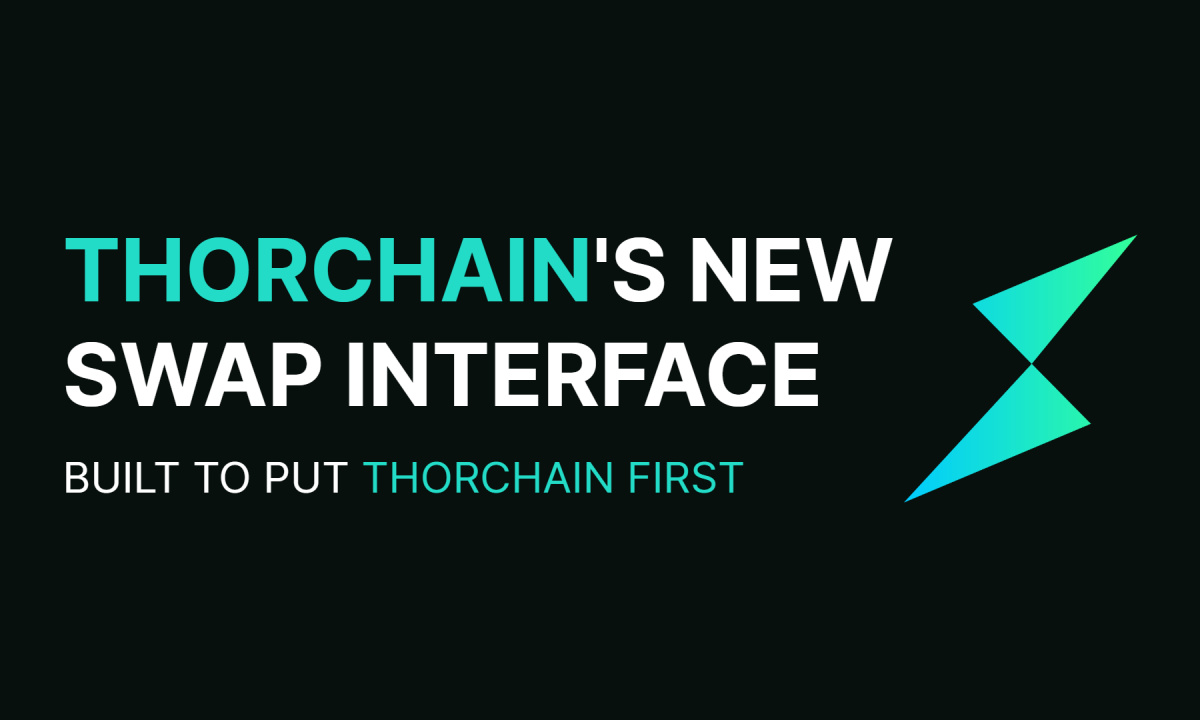The secondary market plays a crucial role in the world of finance, allowing individuals and traders to engage in the buying and selling of various assets or securities. It offers opportunities for investors to acquire financial instruments that they may not have access to in the primary market.
In traditional finance, the primary market is typically reserved for “qualified” investors and large institutions. These investors have the privilege of purchasing financial instruments directly from the issuer, such as stocks, bonds, options, and futures. On the other hand, the secondary market operates like a retail store, enabling anyone to buy and sell these assets once they have already been issued.
The same concept applies to cryptocurrencies. While the primary market in the crypto space is dominated by token sale platforms, the secondary market provides an avenue for all investors to participate in the trade of tokens after the initial sale concludes. In the primary market, the restrictions are primarily based on qualifications and risk appetite, as buyers need to be willing to take on the risks associated with new projects and emerging cryptocurrencies. In contrast, the secondary market is open to everyone, allowing them to acquire tokens without the same level of risk as the early primary buyers.
One of the key benefits of the secondary market is liquidity. It creates an active marketplace where buyers and sellers can easily find counterparties to complete transactions. Liquidity is vital because it ensures that investors can convert their investments into cash relatively quickly, providing them with flexibility and the ability to react to market conditions.
In the context of cryptocurrencies, the secondary market can be observed on various cryptocurrency exchanges. These exchanges serve as platforms for users to buy and sell digital assets, including tokens issued during initial coin offerings (ICOs). Some popular cryptocurrency exchanges include Binance, Coinbase, and Kraken. These exchanges provide users with the ability to trade their tokens for other cryptocurrencies or even fiat currencies such as USD or EUR.
Furthermore, the secondary market for cryptocurrencies is not limited to centralized exchanges. Decentralized exchanges (DEXs) have emerged as an alternative option for trading tokens. DEXs operate on blockchain networks, allowing users to directly exchange tokens in a peer-to-peer manner, eliminating the need for intermediaries or central authorities. Examples of DEXs include Uniswap and Sushiswap, which operate on the Ethereum blockchain.
Participating in the secondary market can offer various benefits to investors. Firstly, it allows for price discovery. The continuous buying and selling of assets in the secondary market leads to price movements that reflect market demand and supply dynamics. These price movements can provide valuable information to investors about the perceived value of an asset and help them make informed investment decisions.
Secondly, the secondary market offers opportunities for arbitrage. Arbitrage refers to the process of taking advantage of price discrepancies between different markets or exchanges. Traders can buy an asset at a lower price on one exchange and sell it at a higher price on another, making a profit from the price difference. Arbitrage opportunities can arise due to factors such as variations in trading volumes, exchange fees, and liquidity imbalances.
Lastly, the secondary market provides investors with the ability to diversify their portfolios. By accessing a wide range of assets through the secondary market, investors can spread their investments across different industries, sectors, and geographies. This diversification helps reduce the overall risk of their portfolios by minimizing exposure to any single asset or market.
In conclusion, the secondary market is a vital component of the financial ecosystem, including the world of cryptocurrencies. It enables individuals and traders to participate in the buying and selling of various assets or tokens, offering liquidity, price discovery, arbitrage opportunities, and portfolio diversification. Whether through centralized exchanges or decentralized platforms, the secondary market provides access to a broader range of investment opportunities for investors of all backgrounds.
Author: Johannes Schweifer
Johannes Schweifer is the CEO of CoreLedger, a company that enables businesses of all sizes to leverage the benefits of blockchain technology. Schweifer has co-founded several blockchain start-ups, including Bitcoin Suisse. With a master’s degree in Chemistry and a PhD in distributed computing and quantum chemistry, he is a dedicated problem-solver.
Powered by Froala Editor














